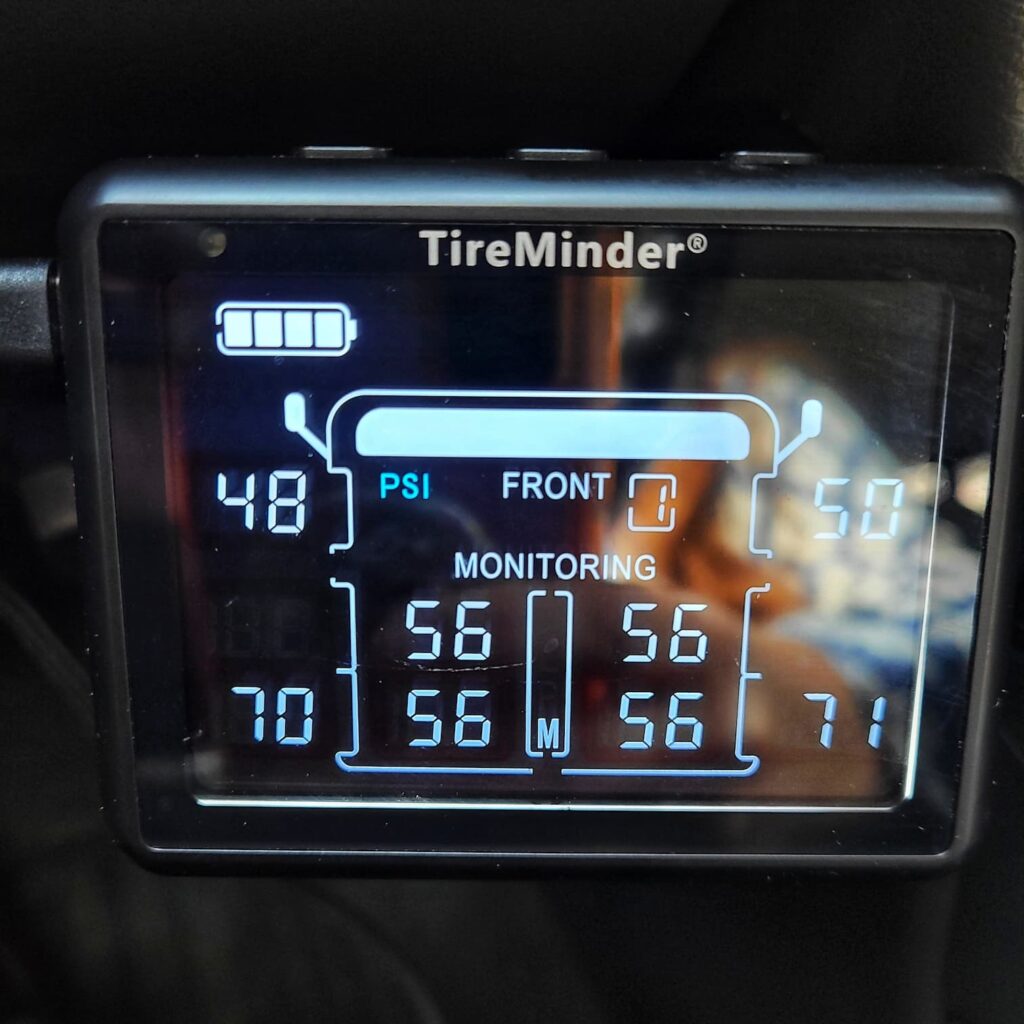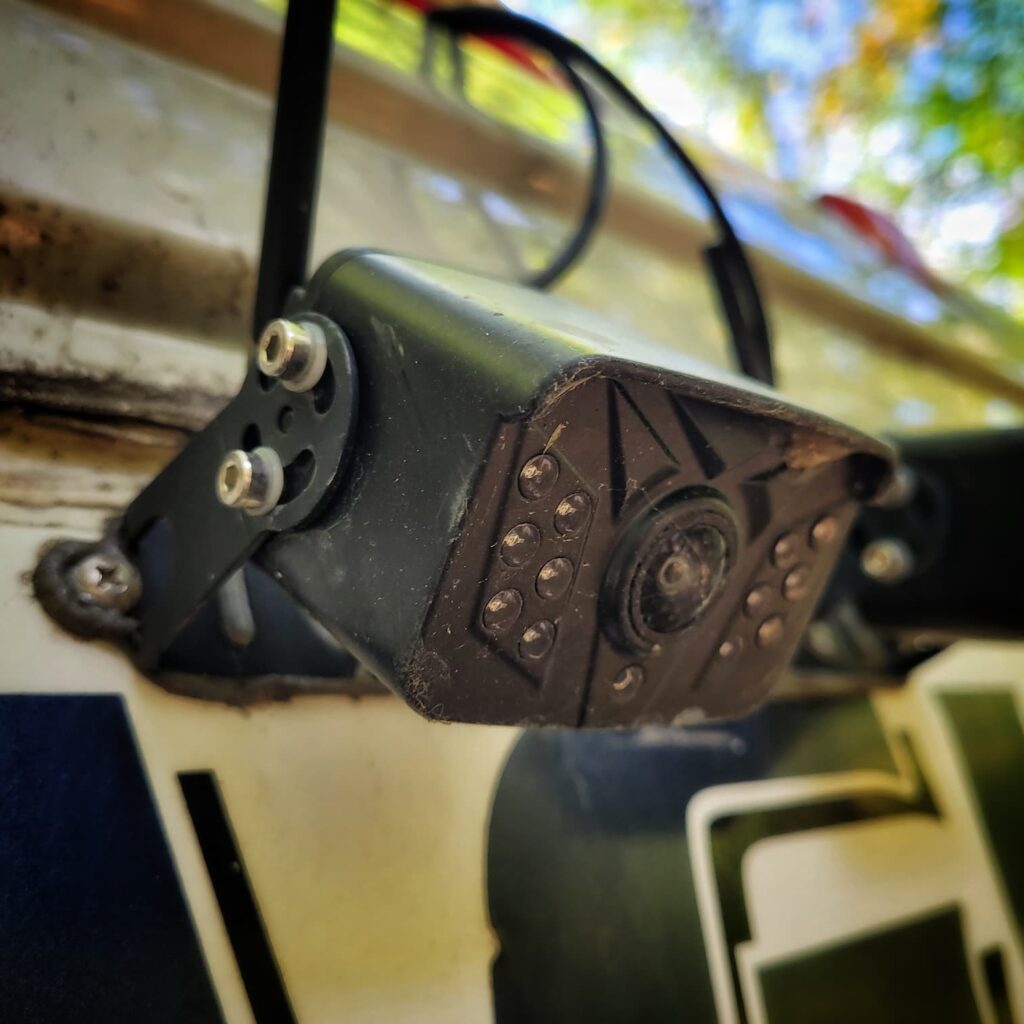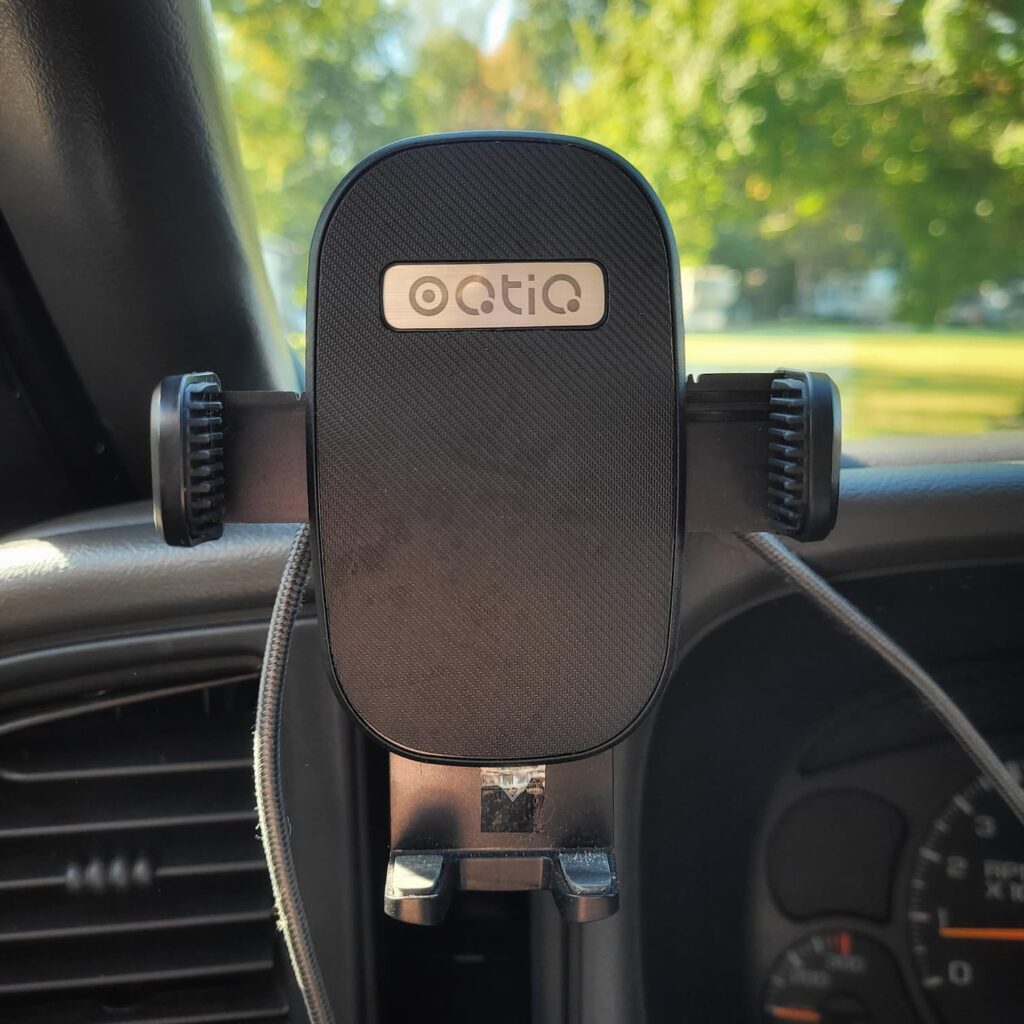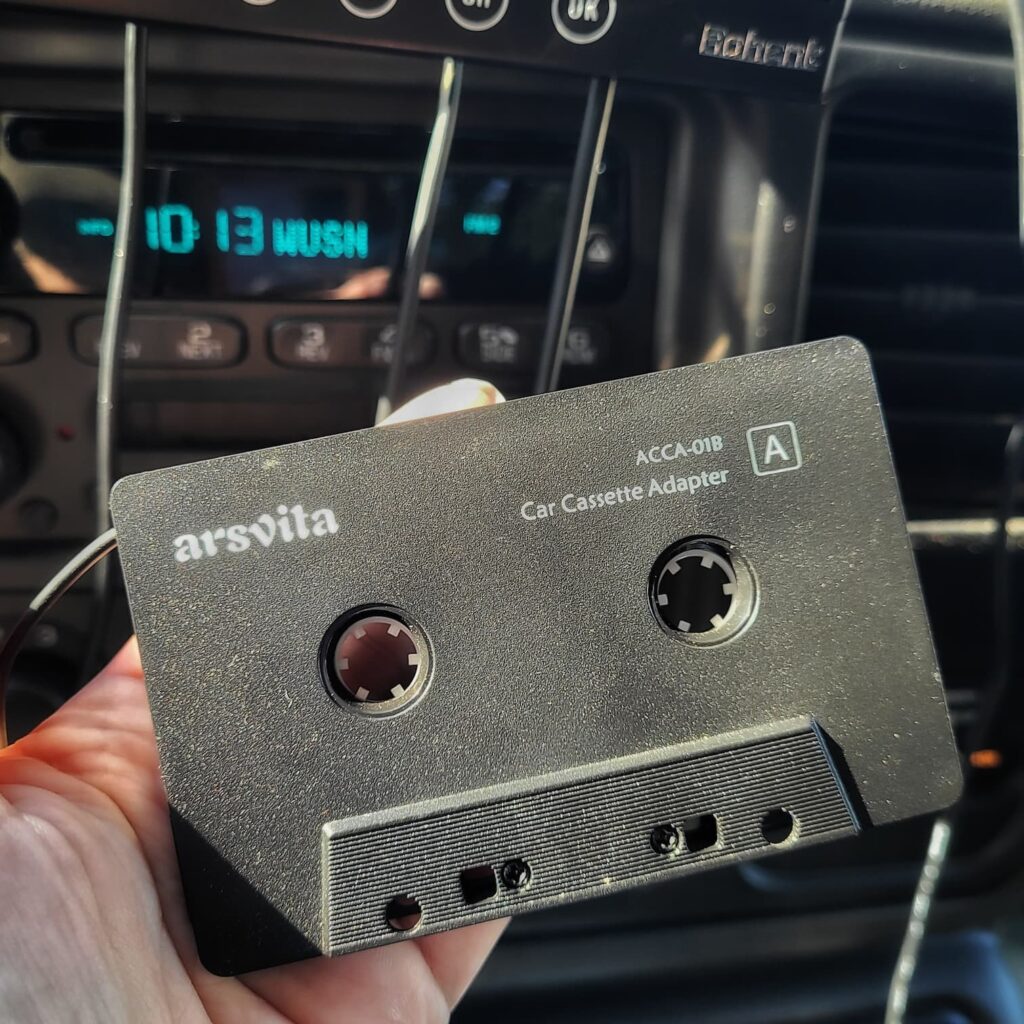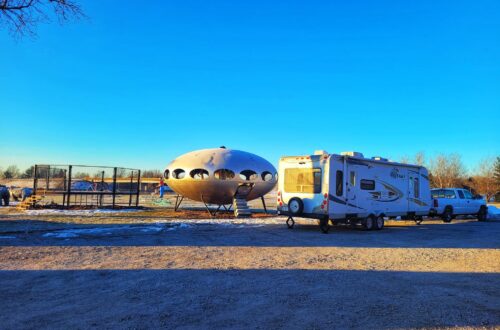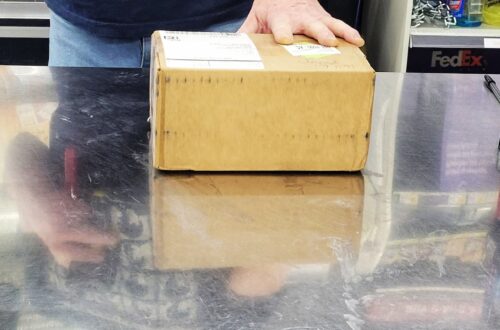As full-time RVers, we’ve gradually upgraded our towing truck with essential tech accessories to enhance both our driving experience and road safety. With every new gadget, our truck feels more like a cockpit- equipped with smart tools designed for long-distance towing and full-time travel. In this post, we’ll be reviewing all the RV towing tech we rely on, from backup cameras for RVs and dash cams for RV travel to a tire pressure monitoring system (TPMS) and other must-have RV t
Our truck is starting to feel more and more like a cockpit as we add more technology and monitors. We’ll be reviewing it all here- from backup cameras and dash cams to a tire monitoring system and other gadgets we never knew we needed.
TireMinder i10 RV Tire Pressure Monitoring System
The TireMinder i10 is used for constantly monitoring tire pressure. The electronic sensors replace your usual tire valve caps and relay the tire pressure to a monitor in your vehicle. It comes with 4 transmitters, and then we bought an extra pack of 2 so that we have enough for all of our truck and RV tires. The sensors provide constant tire monitoring to a colorful display. The display can show 10 tires at once, or if you are towing an extra vehicle you can display up to 20 tires and it will swap between the front and rear vehicles. One nice feature is that the display is always on, so you can always keep an eye on your tire pressure.
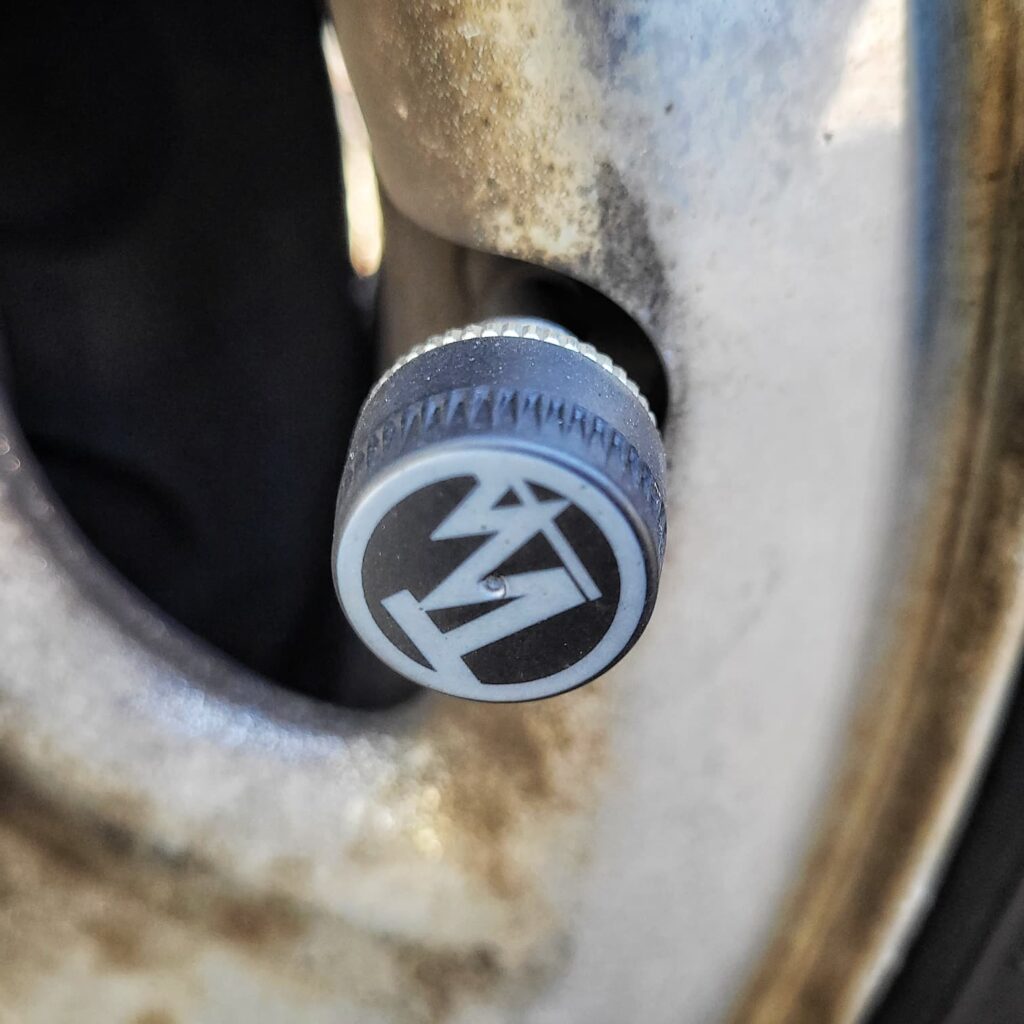
The TireMinder i10 has a Rhino signal booster that makes for an extra strong connection between the display monitor and tire sensors. They say that the system is accurate to +/- 1 psi from 0-199 pis and works up to 100 feet. This makes it a great option for bigger rigs like Class A motorhomes and large fifth wheels and travel trailers. Every time we move (which is every 1-2 weeks), Josh will check tire pressures himself and so far, the TireMinder has been accurate!
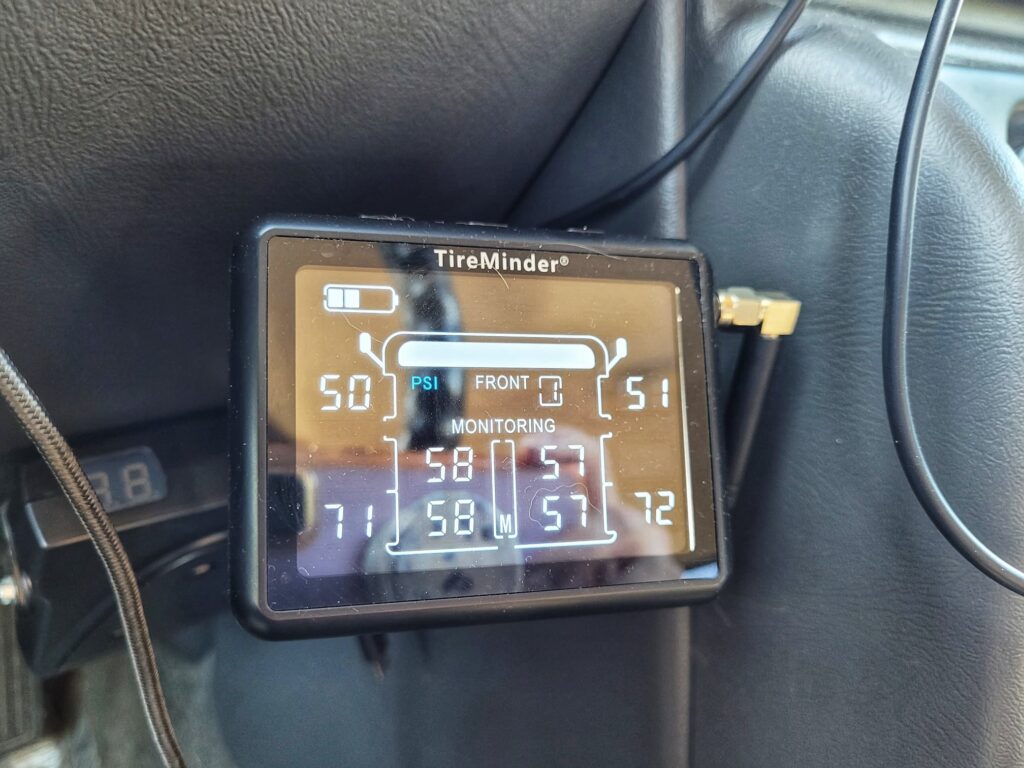
The TireMinder was super easy to install, Josh said the hardest part was deciding where to mount the monitor. Having a real-time tire monitoring system has been a great peace of mind for us. There is already so much stress towing an RV, especially when you’re a full-timer and it’s your whole house that you’re towing. With this system, you can catch a tire pressure issue early before it turns into a flat or blows out. Without something like this, you only know the tire pressure when you are parked and checking it. With the TireMinder, we always know our tire pressure, even while we are moving and can monitor for any concerning changes. This has become one of our favorite RV safety accessories.
The one concern we have is that it sometimes takes an hour or more after unhitching before the alarm for signal not found will go off for the RV tires. We don’t know if this is a setting thing or weird glitch, but it feels like it should be going off a lot sooner. So is this the best TPMS for RVs? We haven’t tested others, but we are really happy with the TireMinder i10 and think it definitely has the potential to be the best RV tire pressure monitor. The RV tire blowout prevention and real-time tire monitor making it an essential piece of RV safety gear.
Vantrue E3 3 Channel 2.7K WiFi Dash Cam Review

Next, let’s look at what could be the best dash cam for RVers. We have loved having our Vantrue dashcam so far! Luckily, we haven’t had any accidents or break-ins where we really needed it, but it’s quickly become one of our favorite RV tech accessories. We’ve had a lot of fun using it, though, to capture videos of unique and interesting things we see while driving. We also use it for filming our campground drive-through videos and it’s much easier than setting up a GoPro. The front lens can rotate up 55 degrees, so you have a lot of flexibility with capturing different angles.
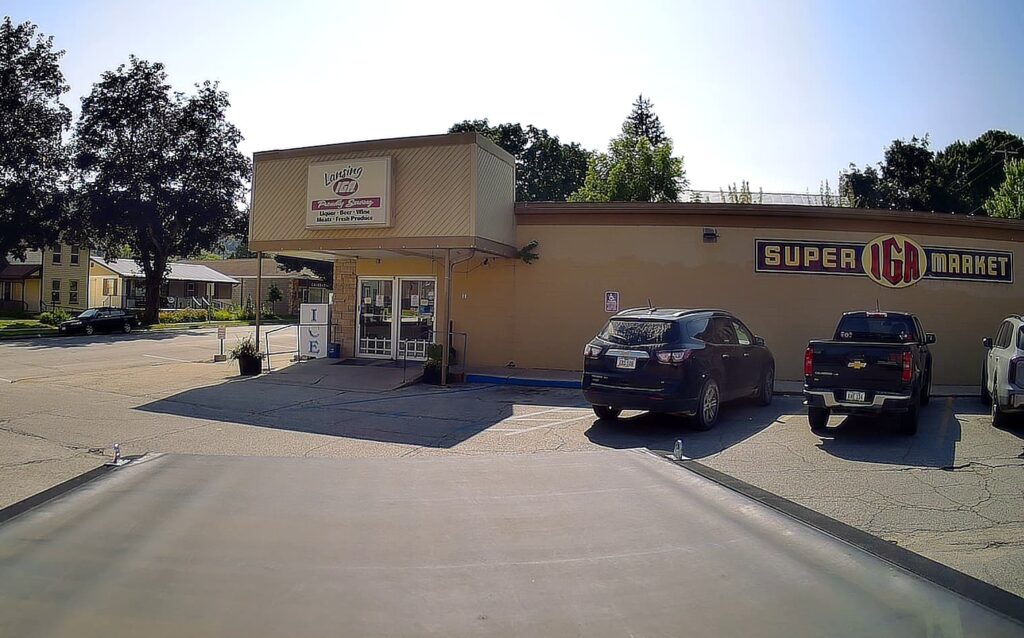
The video quality on the Vantrue dash cam is super nice, and I can usually pull pretty decent still photos from the video too. The Vantrue dash cam is a 3-channel dash cam for RVing that includes a front facing camera, interior camera, and rear facing camera. The front lens takes video in 1944p and the cabin & rear cameras shoot 1080p- all 3 shoot at 30 frames per second. The wide-angle dash cam coverage ensures you’re capturing everything around your vehicle. It does a really great job at night too and we’ve been happy with its low-light performance, especially for night driving. The front camera uses STARVIS image sensors to auto balance light and dark, and we’ve tested it and thought the night time footage was pretty good. The interior camera uses infrared LED lights for night time, and again it’s great quality footage.
One of the biggest reasons we chose this Vantrue dash cam for RVing is the G-sensor crash detection feature. Having a dash cam with parking mode is great for peace of mind while towing. It automatically locks video clips when it detects a bump or collision. We’re pretty confident in the crash detection feature working if we ever get into an accident, since it goes off pretty easily when going over potholes and railroad tracks. Sometimes it seems maybe a little too sensitive, since it makes it annoying to find footage we actually want, but it gives us peace of mind knowing it would protect important footage in the event of an accident. We might be able to adjust that, but think it’s probably worth leaving to be safe rather than sorry.
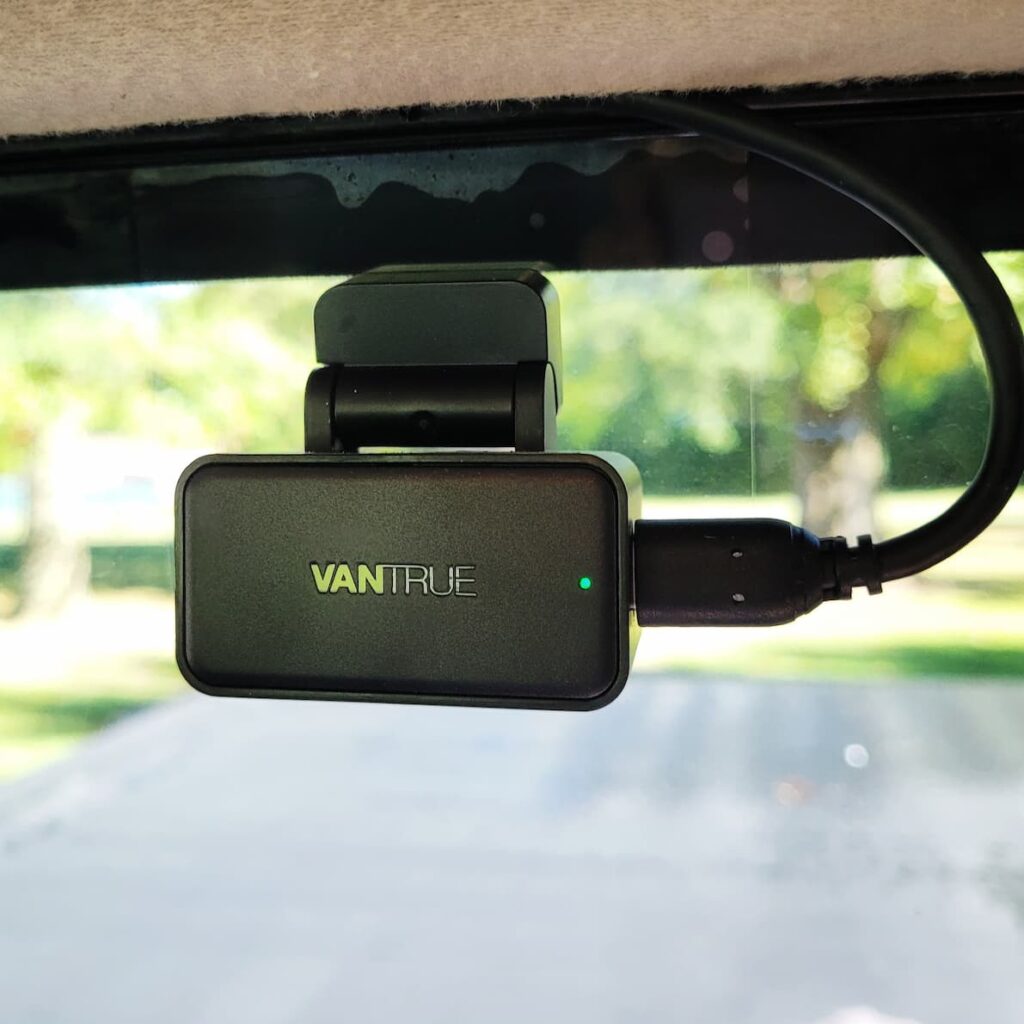
The Vantrue comes with a wireless controller and has voice control. We use the wireless control whenever we see something cool to save the footage. If we hit the button, it’ll save the last 2 minutes before hitting it and the next minute. You can also connect it to an app on your phone through the built in wi-fi to live view the footage, configure settings, download video, and share right from your phone- but we haven’t gotten around to testing that out yet since I get too carsick looking at my phone. The camera also has built-in GPS which logs your location and speed, having an RV dash cam with GPS is essential to have all the info you might need in the case of a crash or other traffic incident.
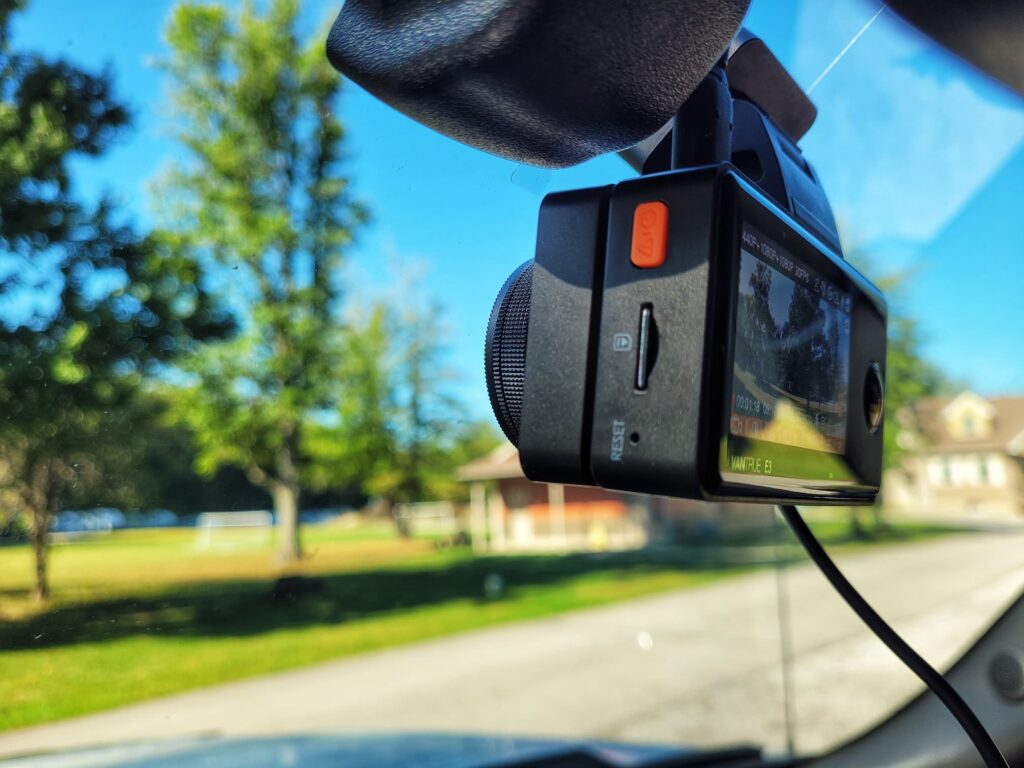
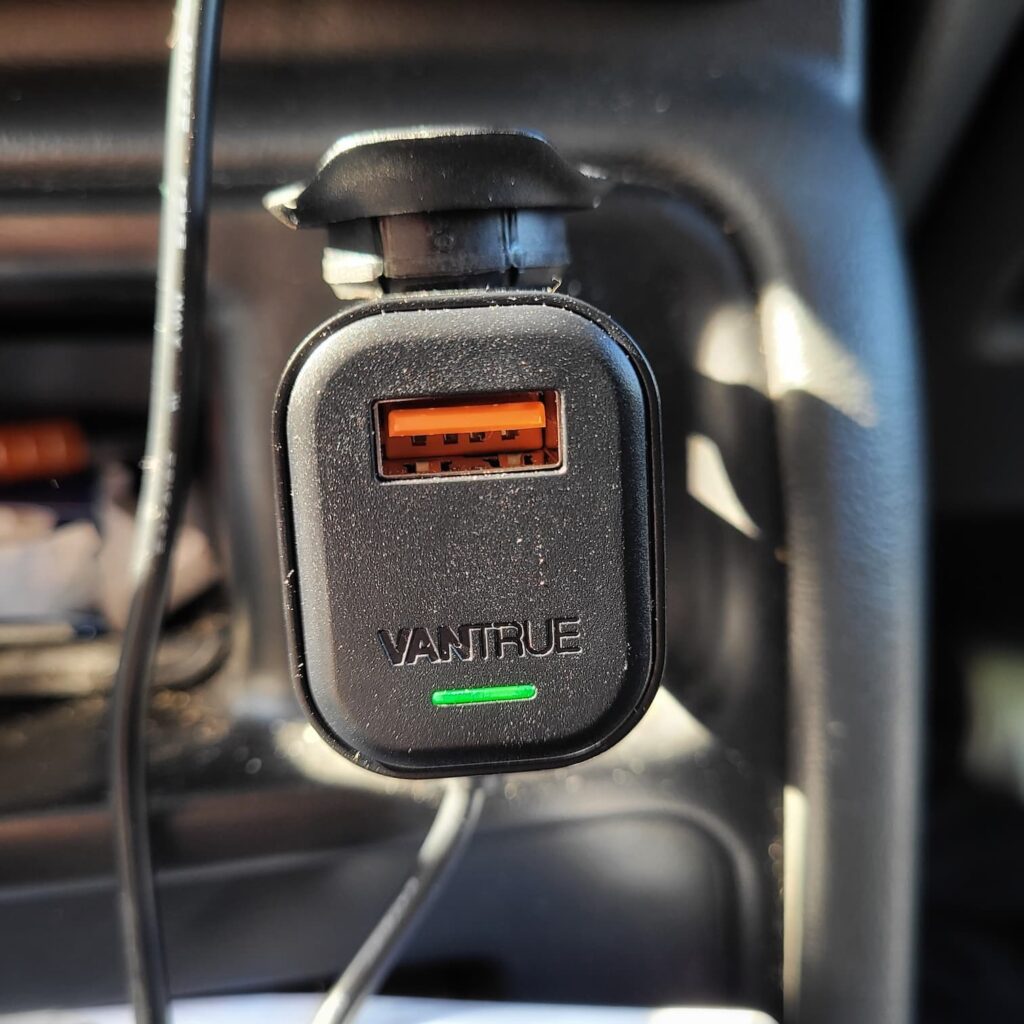
When you’re parked, the Vantrue will go into its parking mode, which they call buffer detection mode. It detects movement near the vehicle and then automatically records 15 seconds before and 30 seconds after the movement. While going through footage, we’ve found a few where one of us walked near the truck while it was parked and the camera went off- so it looks like it works well! This is a great feature for RV boondocking or parking lot camping where you might be unsure about leaving your rig in the open. Having a dash cam with parking mode is super important for full-time RVing.
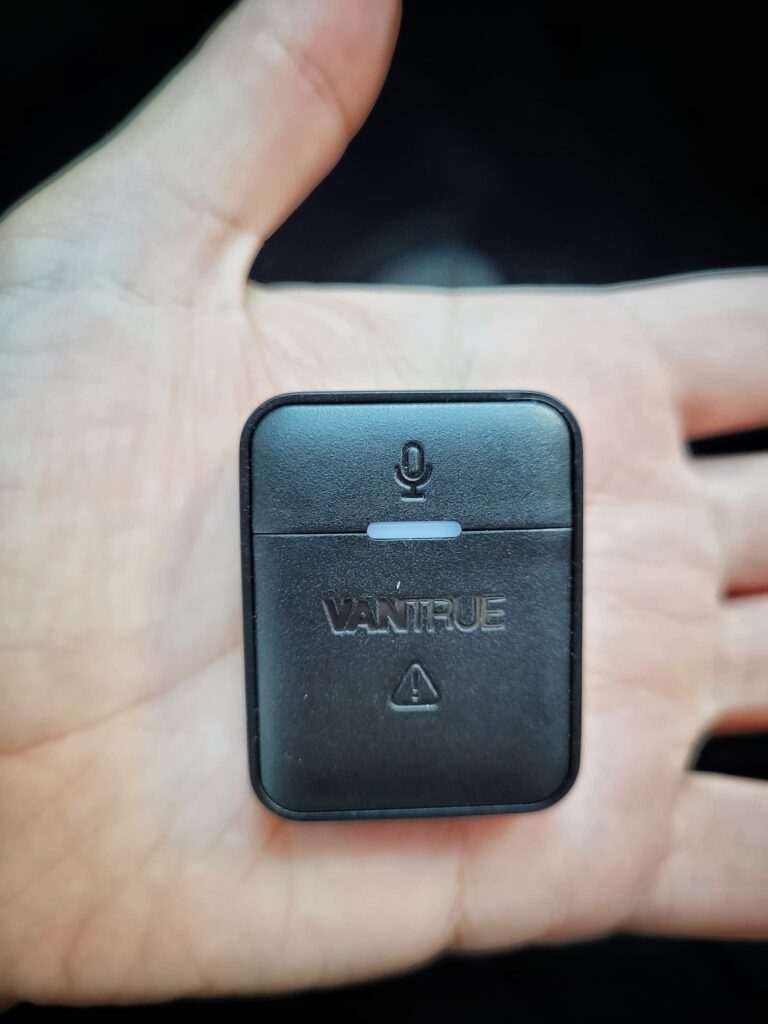
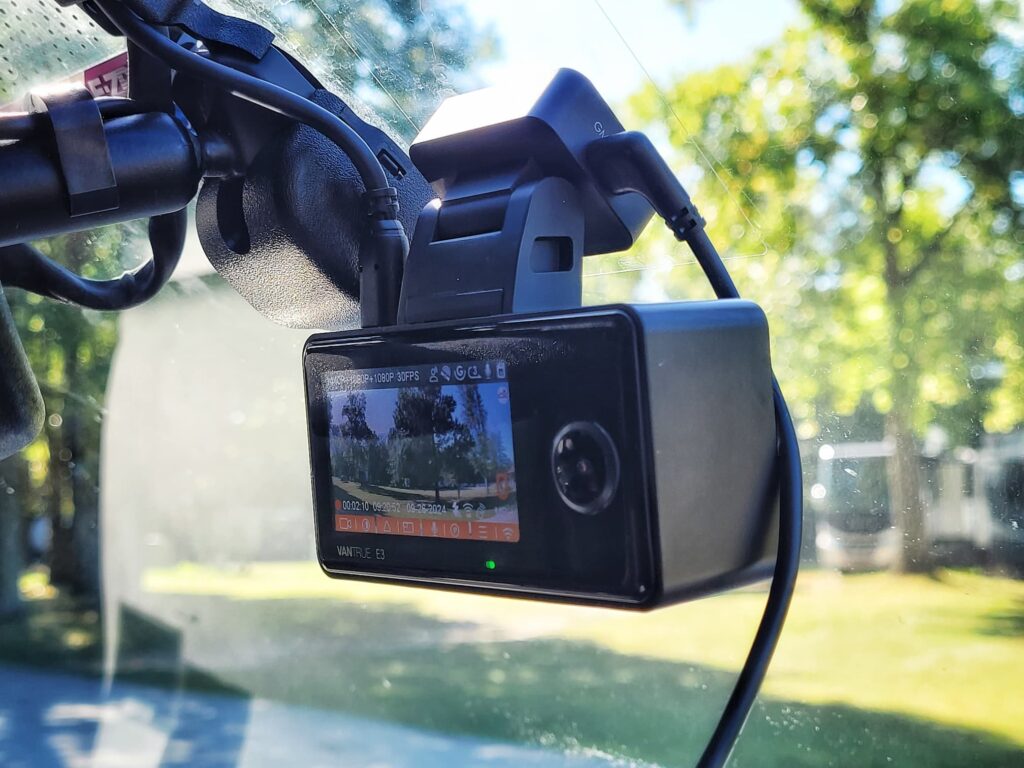
We also added a 40mm polarizer filter to our Vantrue dash cam. This filter helps to reduce reflections- because the camera is filming through a window, without it reflections from the dashboard can be really bad. Even with the filter, though, we try to remember not to keep anything on the dashboard because it can reflect and show up on video.
We also purchased the kit to hardwire the camera into the truck, but haven’t actually done it yet. Installing the way we have it now was pretty easy, but hardwiring it in will be more complex. Having a hardwired dash cam in the truck, though, will make it so the camera is always running and give even more security.
Rohent RV Backup Camera Wireless HD1080P 2 Cameras with 7 Inch Touch Key DVR Monitor Review
A few years ago I got Josh a BOSCAM K7 backup camera for the RV when we were just doing weekend trips. It made backing up into campsites a breeze, and was nice while towing. But using it while towing and backing up wasn’t quite the same angle, so when we went full-time Josh switched to the Rohent cameras so he can have multiple cameras on one monitor. Having an RV camera system with monitor and multiple cameras has been a complete game changer. Now we have three cameras set up- one for backing up, one for while towing, and one pointed at the hitch. The display monitor in the truck is 7 inches and can show up to 4 cameras at once- so I guess we need another camera!
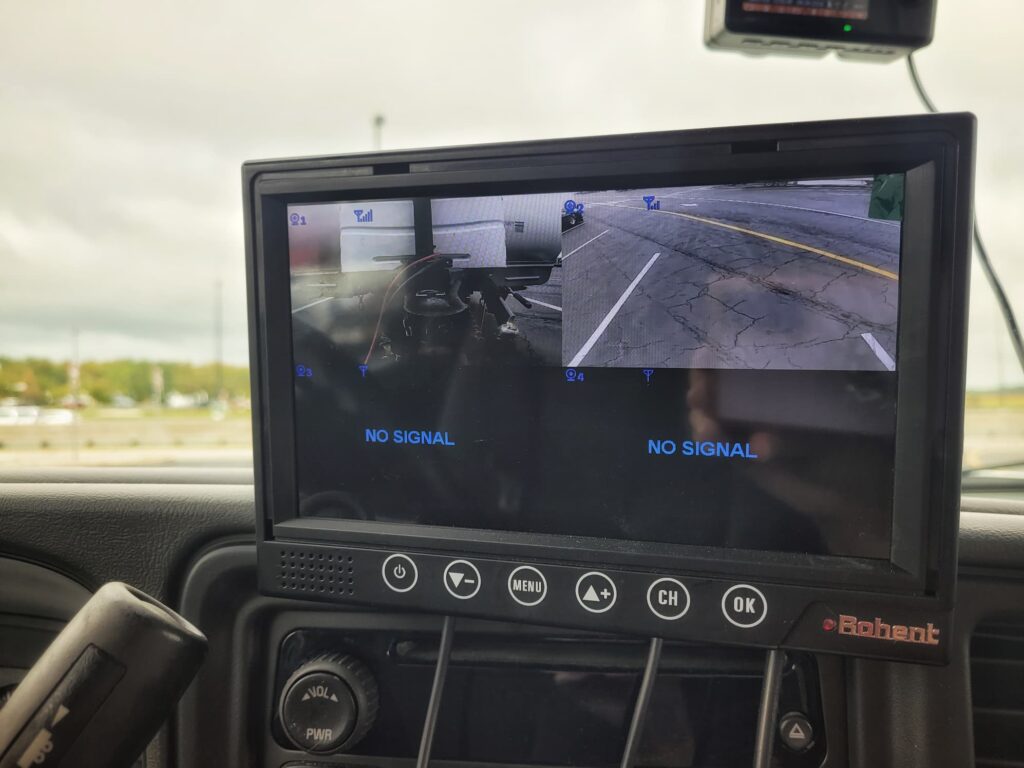
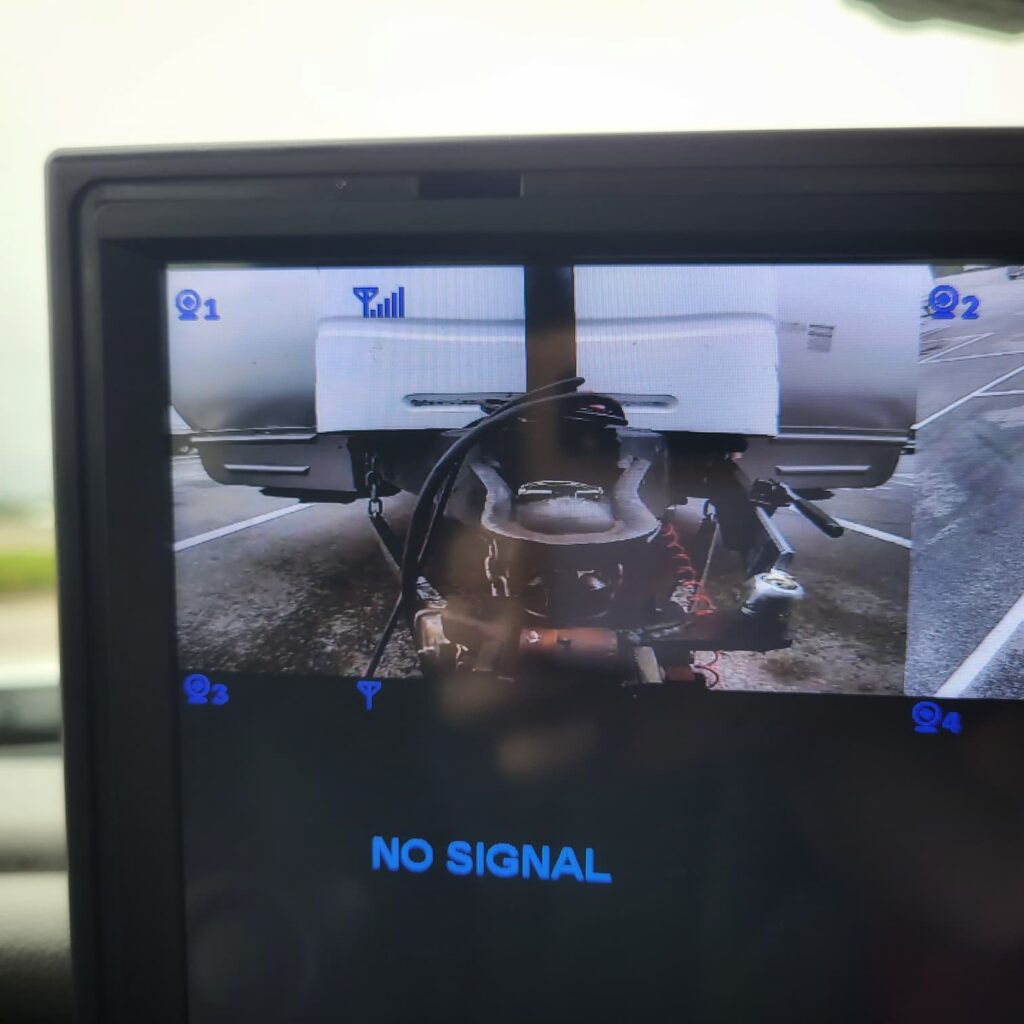
The Rohent backup cameras shoot in 1080p and we’ve been very happy with the image quality. The specced out signal range is up to 984 feet in open areas and 320 feet within vehicles. This makes it a great option if you’re looking for a backup camera for RVs of any size. When we got our first backup camera for the RV, we did a lot of research to make sure it would have a strong enough signal to be on the back of our travel trailer. Both our previous BOSCAM camera and the Rohent cameras have had very strong signal and worked great for this. Every once in a while we lost signal temporarily, but it has never been for a long time.
Install was relatively easy and didn’t take too long. The cameras on the RV are wired into the lights on the back. In the photos below you can see the camera on the back of the truck, and the two on the RV with different angles. So is this the best backup camera for RVing? We were happy with the BOSCAM camera before, but the Rohenthas been great for the additional features. This rear view camera for travel trailers, fifth wheels, and motorhomes is a an essential piece of RV tech for safer towing.
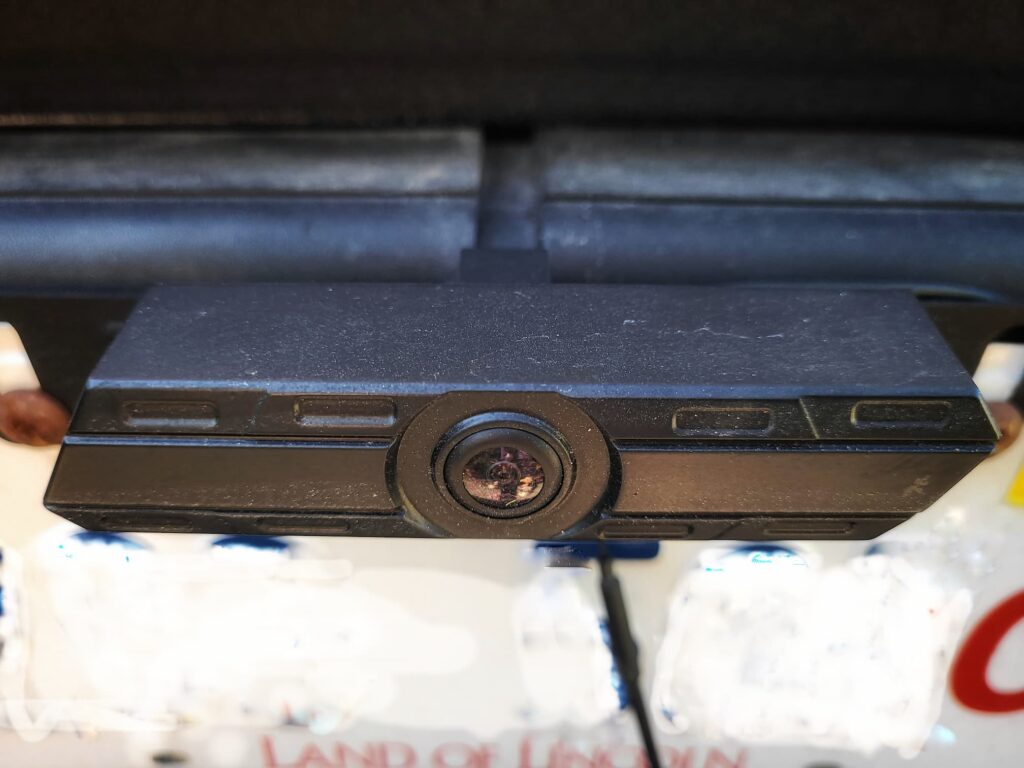
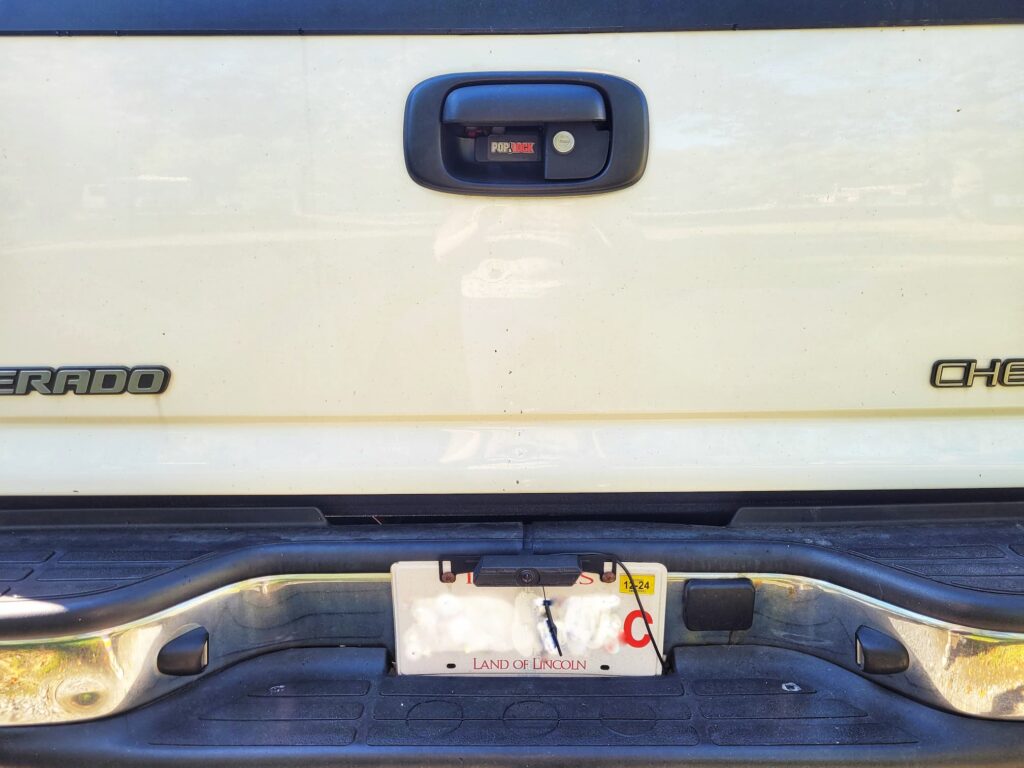
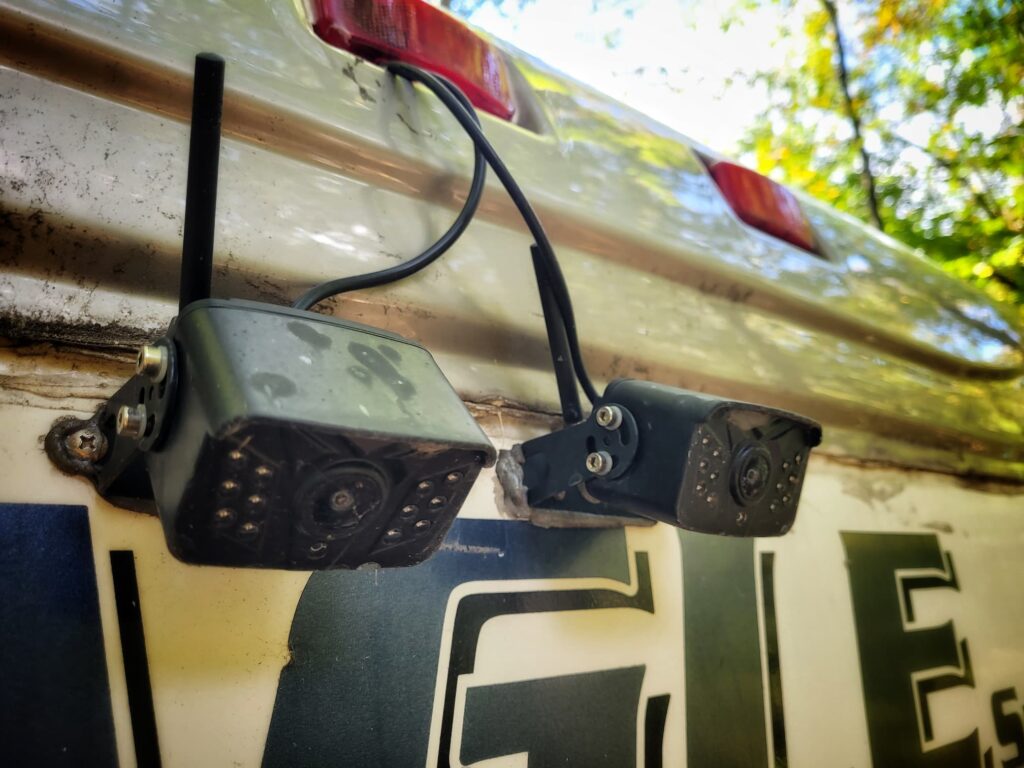
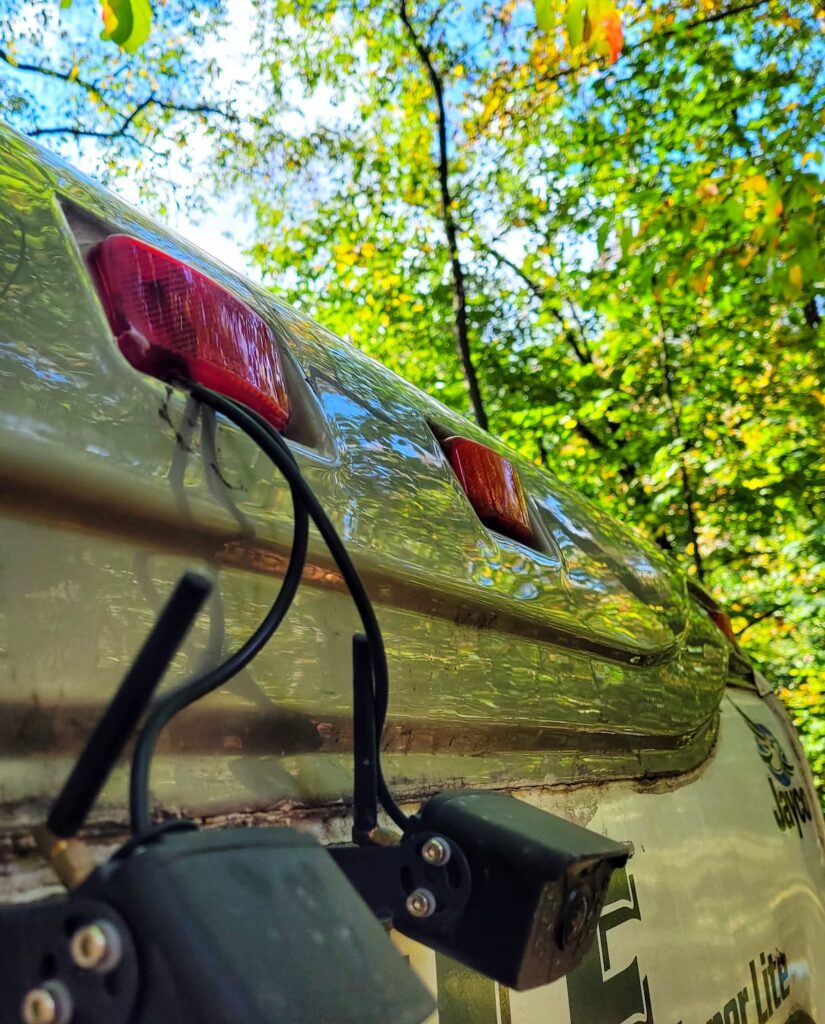
OQTIQ Car Phone Holder
A good phone mount is essential when you do lots of driving. We have a OQTIQ phone holder mounted on the driver’s side to use for navigating. This is a really nice phone mount that can either be attached with a suction cup or air vent clip. It has a 360 degree rotating ball joint so you can adjust the angle of your phone, and even a telescopic arm so you can extend it. Another snazzy feature is the quick release button to easily take your phone out without fussing with the arms.
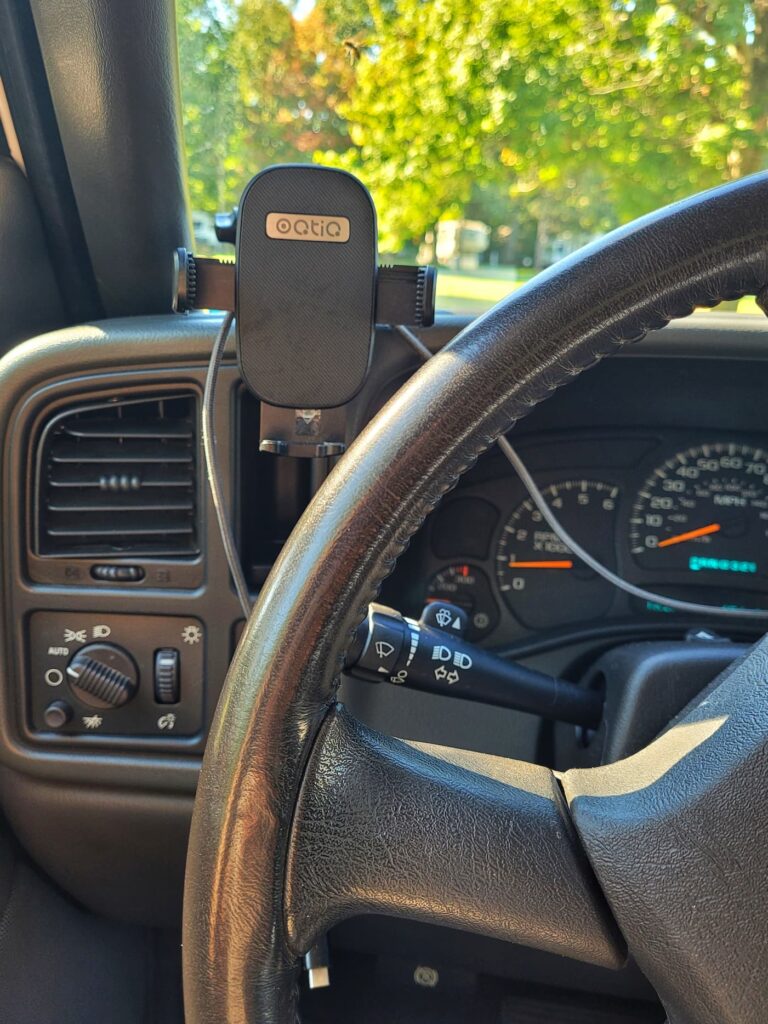
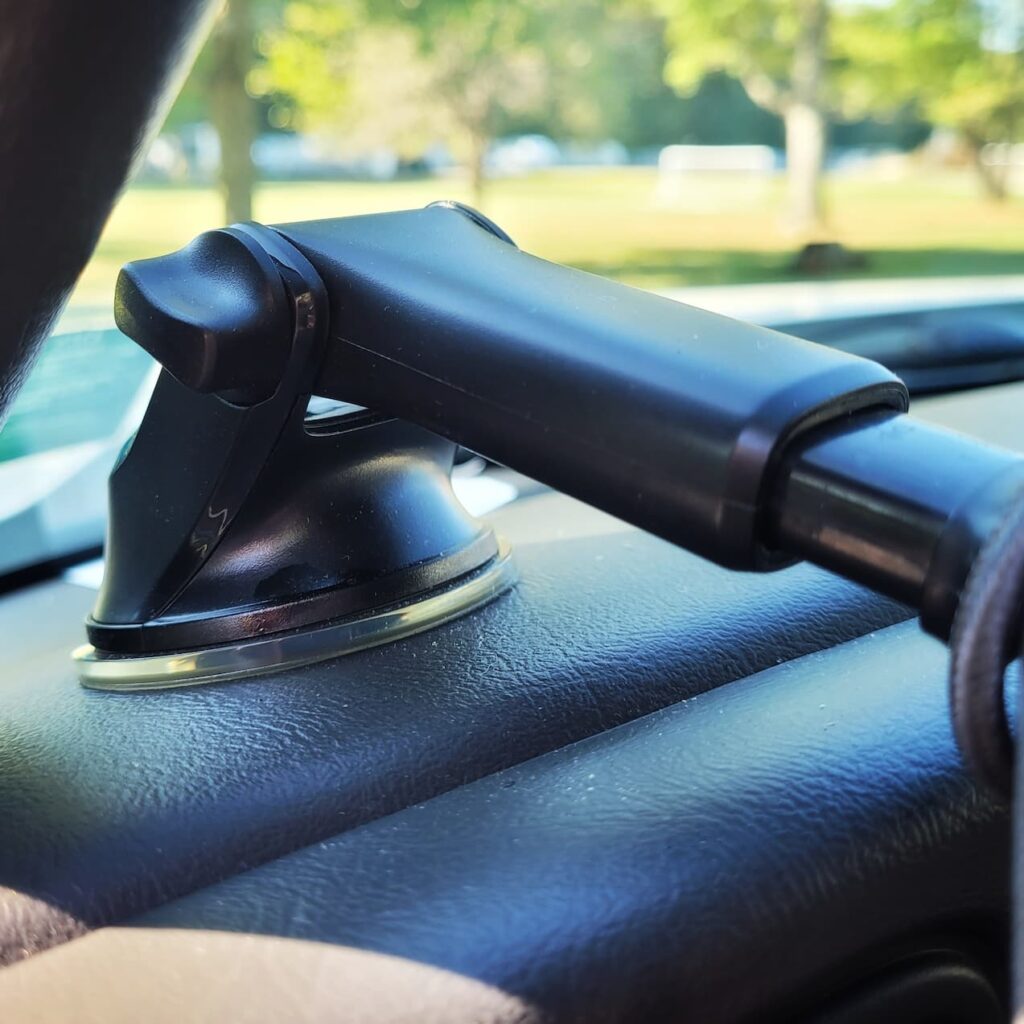
Arsvita Car Audio Cassette to Aux Adapter
This might seem like a silly addition to this list, but I love it and have used one for many years in my old Jeep. Our truck is a 2005 and doesn’t have an aux input, but does have a cassette player. This cassette adapter just plugs into our phones and then we can use the truck speakers for any podcasts or music we want. We usually listen to podcasts together on long drives, and this set up works great for us.
Cable Management (Help!)
While we feel great about the tech we’ve added to the truck, there’s one area we still need to figure out- cable management! We have cords all over the place and need a better solution. If you have any advice for cable management in a vehicle, leave us a comment!
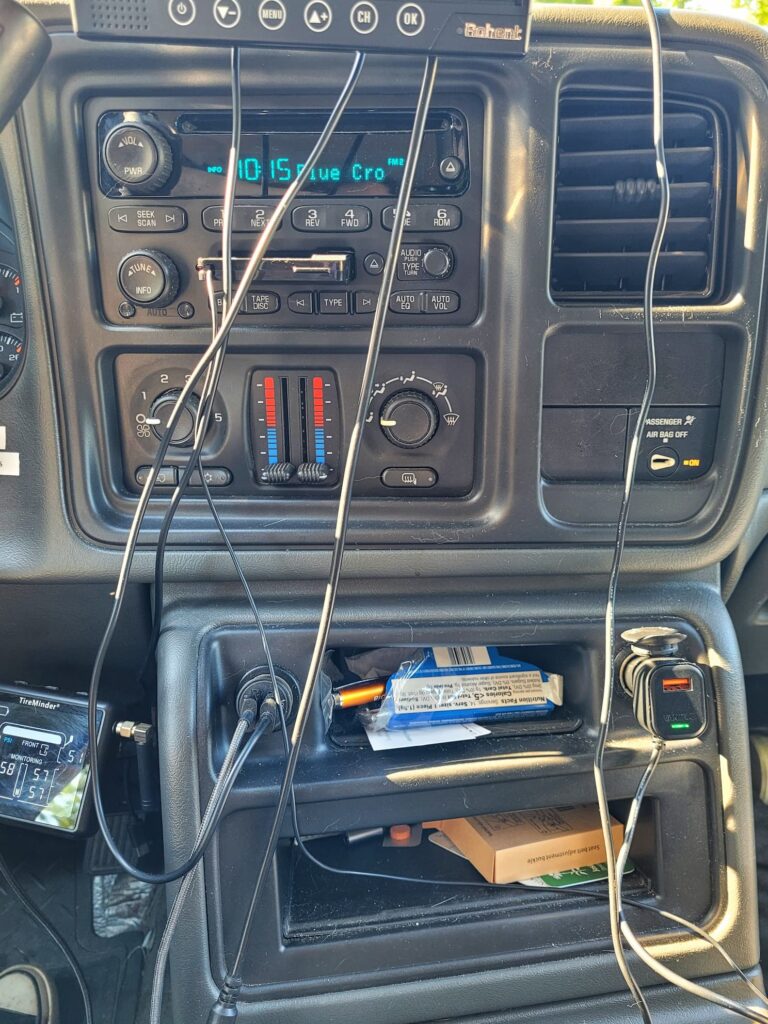
As an Amazon Associate we earn from qualifying purchases.
